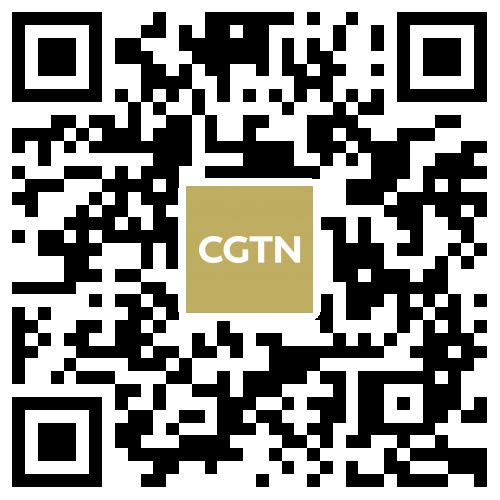
World
16:29, 31-Mar-2018
Balkans most likely to fall for fake news in Europe: report
By Sim Sim Wissgott

Better educated societies with a freer press and a more trusting population are less likely to fall for fake news. This may sound like common sense, but a new survey by the Open Society Institute (OSI) has used this to find which European countries are more vulnerable.
And the conclusion is: Balkan countries.
The study, titled “Common Sense Wanted” and published this week by OSI Sofia in Bulgaria, found countries in southeastern Europe ranked lowest in its Media Literacy Index, while Scandinavian countries ranked highest.
The index was created in 2017 to assess what OSI called “resilience to post-truth”, following a rapid rise in fake news that critics have said poses a threat to democracy.

Scandinavian countries (in dark blue) scored highest in the 2018 Media Literacy Index, while those in orange scored lowest. /Source: OSI
Scandinavian countries (in dark blue) scored highest in the 2018 Media Literacy Index, while those in orange scored lowest. /Source: OSI
Drawing from press watchdogs like Freedom House and Reporters without Borders, PISA scores for math and reading, and data from the UN and European statistics agency Eurostat, OSI gauged media literacy based on three factors: level of education, level of media control and trust in society.
Out of 35 European countries, Finland scored highest with 76 out of 100 points, ahead of Denmark and the Netherlands with 71 and 70 points.
Read the report: Common Sense Wanted
At the opposite end of the spectrum, Macedonia scored a meager 10 points, behind Turkey with 16, while Serbia, Bulgaria, Montenegro and Bosnia all scored 31 points or less, dragged down by poor education scores, a controlled media landscape and a low level of trust between people.
The latter reflected the fact that the spread of fake news has come hand in hand with dwindling trust worldwide in institutions, government, experts and the media.
Fake news has spread rapidly over the past two years, with critics saying it helped sway the 2016 US presidential election and the Brexit referendum in the UK. High-profile figures like President Donald Trump have also adopted the term to slam media reports they find less than laudatory.
In 2016, the Oxford Dictionary declared “post-truth” word of the year.
To combat the phenomenon, “media freedom is imperative” but “education remains the key component in dealing with the post-truth phenomenon,” OSI said.
People with higher education tend to access more sources of news and are better able to identify fake news, making them more immune to it, the report highlighted.
Teaching critical thinking in schools and providing digital training – to better assess information found online, where fake news has proliferated – were thus key to combatting the problem.
“In a sense, the role of education can be compared to inoculation against the fake news and post-truth phenomenon, where it would be building immunity to various strains and forms of false claims, disinformation, propaganda,” the OSI report found.
This will be more effective than introducing legislation that is unlikely to keep up with new types and channels for fake news, it said.
7361km

SITEMAP
Copyright © 2018 CGTN. Beijing ICP prepared NO.16065310-3
Copyright © 2018 CGTN. Beijing ICP prepared NO.16065310-3